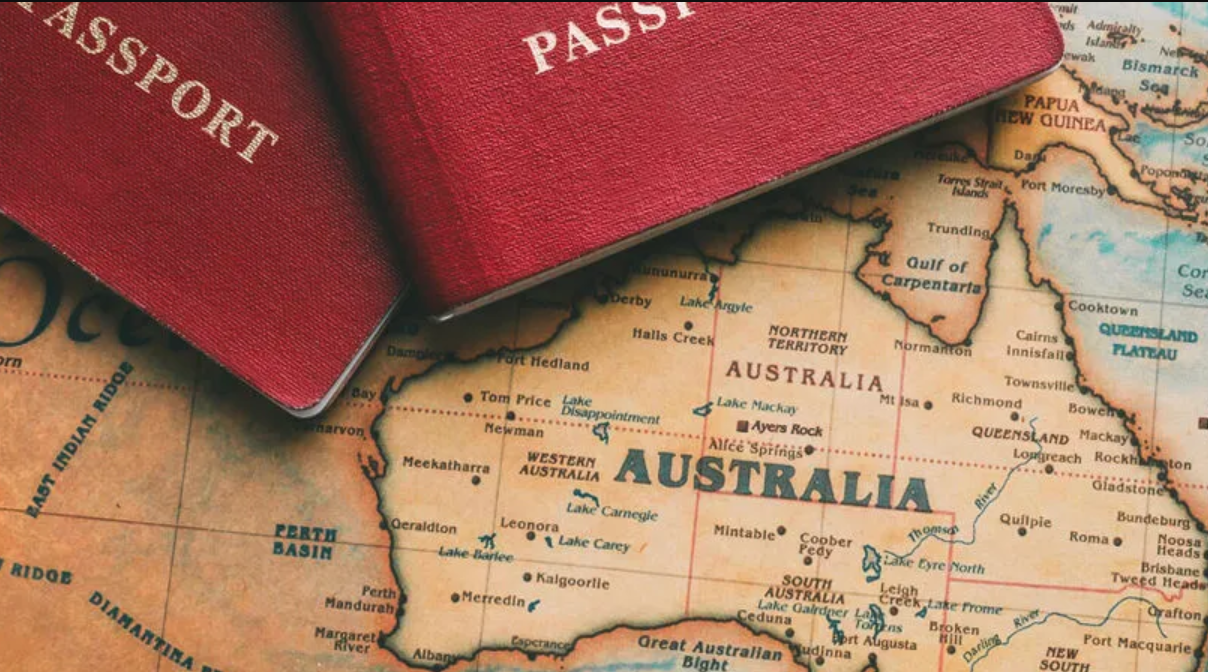Australia has long been one of the most popular destinations for migrants seeking better career opportunities, education, and lifestyle. However, moving to Australia involves following a structured immigration system governed by strict rules and eligibility requirements. Understanding these rules can make the process smoother and increase your chances of success.
What Are the Key Immigration Rules for Moving to Australia?
Here are the key immigration rules for moving to Australia, covering visas, eligibility, documentation, and compliance requirements.
1. Understanding the Australian Immigration System
Australia uses a points-based immigration system for most skilled visas. Applicants are assessed based on factors such as:
- Age
- English language proficiency
- Work experience
- Education and qualifications
- Occupation (from the Skilled Occupation List)
Meeting the minimum points threshold is essential to be considered for skilled migration.
2. Visa Options for Migrating to Australia
There are multiple visa categories, each designed for different migration purposes:
a) Skilled Migration Visas
- Subclass 189 (Skilled Independent Visa): For individuals without employer or family sponsorship.
- Subclass 190 (Skilled Nominated Visa): Requires nomination by an Australian state or territory.
- Subclass 491 (Skilled Work Regional Visa): For migrants willing to live and work in designated regional areas.
b) Employer-Sponsored Visas
If you have an Australian employer offering sponsorship, you may qualify for visas like the Subclass 482 (Temporary Skill Shortage Visa) or Subclass 186 (Employer Nomination Scheme Visa).
c) Family and Partner Visas
- Partner visas (Subclass 820/801, 309/100) allow spouses or de facto partners of Australian citizens or permanent residents to migrate.
- Parent visas enable parents to join children settled in Australia.
d) Student Visas
International students must apply for a Subclass 500 Student Visa, meeting financial, academic, and English language requirements.
e) Business and Investor Visas
For entrepreneurs and investors, visas like the Subclass 188 (Business Innovation and Investment Visa) provide pathways to residency.
3. English Language Requirements
Most visas require proof of English proficiency through tests such as IELTS, TOEFL, or PTE Academic. The minimum score varies depending on the visa category.
4. Health and Character Checks
Applicants must meet Australia’s health and character requirements to be granted a visa. This typically involves:
- A medical examination to ensure no health conditions pose a burden on the healthcare system.
- Police clearance certificates to prove good character.
5. Financial Requirements
Some visas, especially student and family visas, require applicants to show proof of sufficient funds to support themselves in Australia. This ensures migrants can live without relying on government support.
6. Compliance with Visa Conditions
Once granted a visa, it’s crucial to follow its conditions. Common conditions include:
- Living in designated regional areas (for regional visas).
- Maintaining employment with a sponsoring employer.
- Not exceeding work-hour limits for student visas.
Failure to comply may result in visa cancellation.
7. Pathways to Permanent Residency and Citizenship
Many temporary visas lead to permanent residency (PR), which offers access to healthcare, education, and social benefits. After holding a PR and fulfilling residency requirements, migrants may apply for Australian citizenship, gaining full rights as an Australian national.
Also, read >> How To Apply Permanent Visa in Australia
8. Staying Updated with Immigration Changes
Australia’s immigration policies are subject to frequent updates. Migrants should always:
- Check the official Department of Home Affairs (DHA) website.
- Consult a registered migration agent for professional advice.
Conclusion
Moving to Australia requires careful planning, eligibility assessment, and adherence to immigration rules. From choosing the right visa pathway to meeting language, health, and financial requirements, understanding these rules is the first step toward a successful migration journey.
By staying informed and prepared, you can make your dream of living in Australia a reality.


Post a Comment